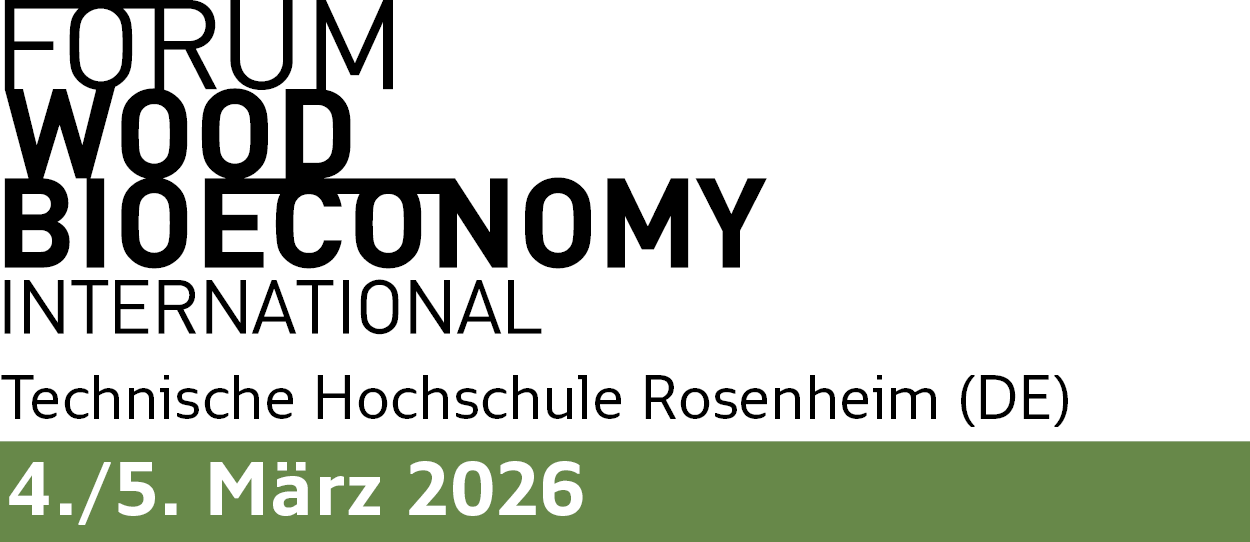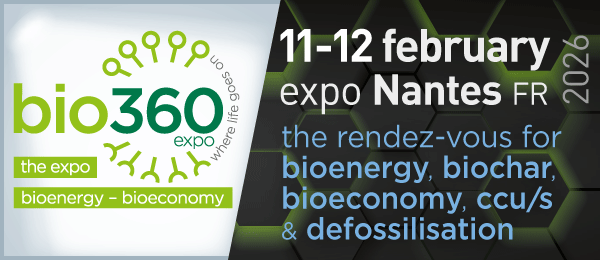Flax sowing in the spring began later than usual for our crop. This is due to a rainy start to the spring, which slowed down agricultural work that was completed at the end of May, whereas it is normally done by mid-April. While this discrepancy slightly reduces the plant growth cycle, it will not necessarily affect future yields if the flax emerges quickly and evenly.
According to the estimates of of the Flax-Linen and Hemp Economic Observatory, the growing area of European FlaxTM spring flax and winter flax combined will account for at least 180,000 hectares for the 2024 harvest. This represents a large increase compared with 2023 (+20%) and even with the record harvest of 2020 and its 163,000 hectares (+10%).
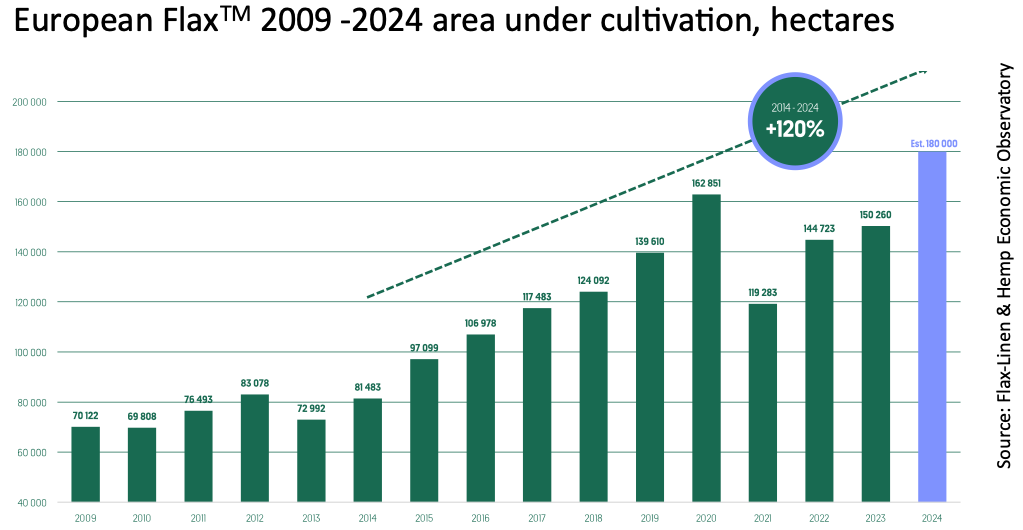
This sharp increase can be explained by the will of this North- Western European sector to meet market demand, which has suffered from four consecutive disappointing harvests that also resulted in a lack of material, and also by the attractiveness of the remuneration for farmers. To date, yields have not yet been defined in terms of fibre volume and quality, since the agricultural cycle is still in its early phases.
Also, long fibre yields from different harvests have varied as much as by a factor of three over the past decade, depending on the weather during the one hundred day cycle of the flax plant, from sowing to harvest, and during retting.
It will be possible to provide an approximate assesment of the situation in the next communication from the Flax-Linen and Hemp Economic Observatory in July 2024. As for prices of European FlaxTM long fibers on the market, the curve continued to increase in the first quarter in the context of an imbalance in supply/demand.
In March, the average price across all qualities and all production regions of European FlaxTM fibre produced by European scutchers (France, Belgium, Netherlands) reached €9.08/kg, representing a year-on-year increase of 55%.
Facing the challenge of satisfying supply, the European sector is continuing its significant R&D efforts by working with technical agricultural institues: Arvalis in France and Inagro in Belgium. Arvalis conducted R&D programs in France focusing on genomic research, physiological studies of flax fibre and digital phenotyping tools.
*Scutching is the process whereby the components of flax straw are separated out: short fibres, long fibres, shives, seeds, through mechnical crushing and threshing. This term also refers to the industrial facility where this operation is conducted **Fibre from Northwestern European scutchers is European FlaxTM certified, guaranteeing a plant fibre from agriculture that is eco-friendly, irrigation-free barring exceptional circumstnaces, and GMO-free.
2023 – Key Figures in the Production of Flax
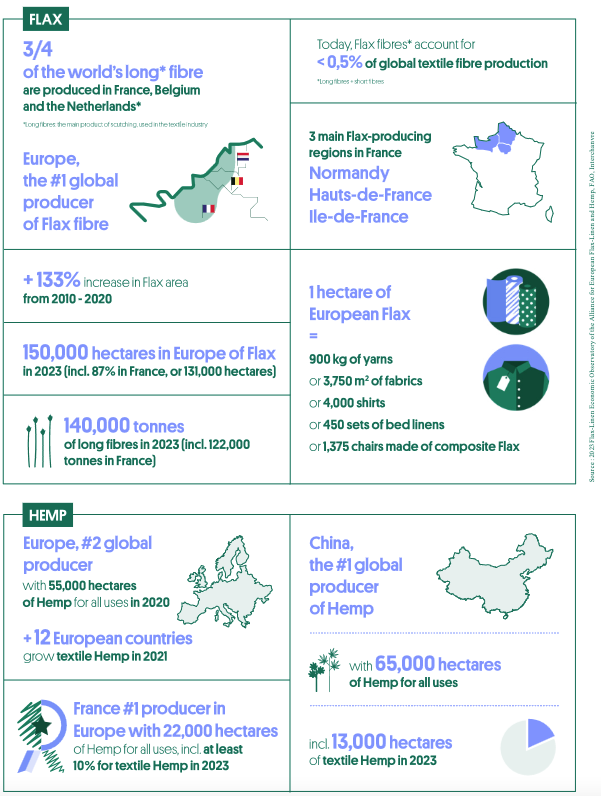
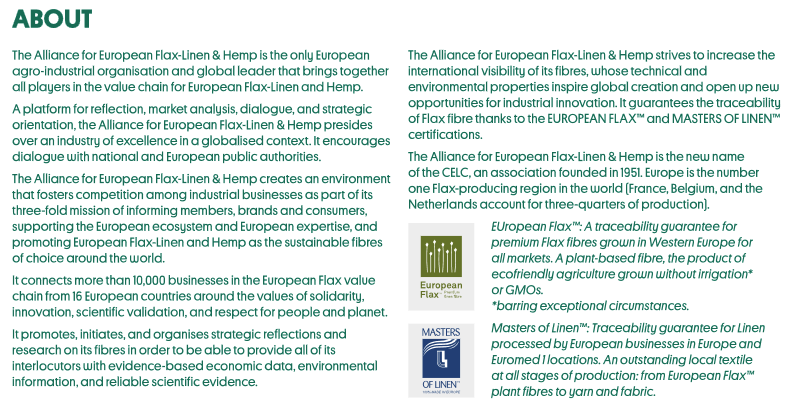
Source
The Alliance for Flax, Linen & Hemp, press release, 2024-05-31.
Supplier
Alliance for Flax-Linen & Hemp Economic Observatory
Flax-Linen and Hemp Economic Observatory
Share
Renewable Carbon News – Daily Newsletter
Subscribe to our daily email newsletter – the world's leading newsletter on renewable materials and chemicals






